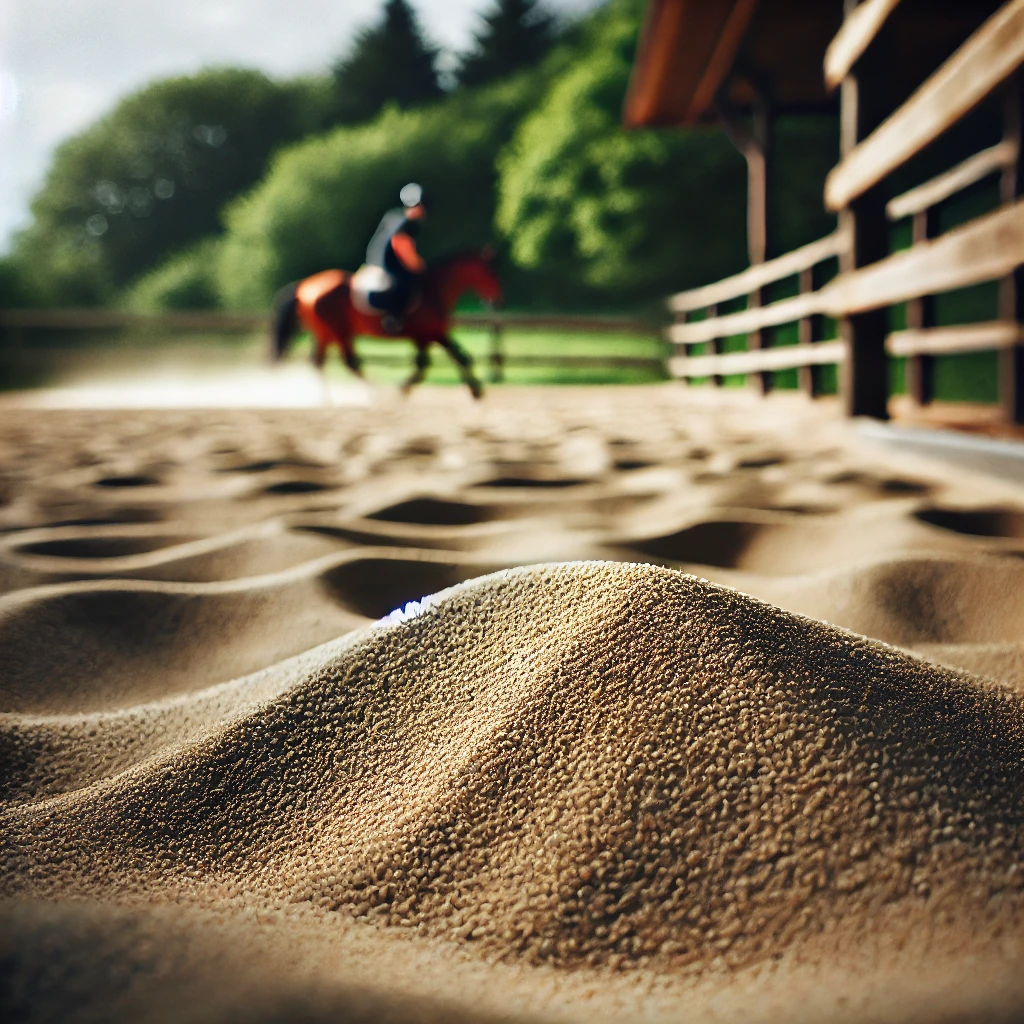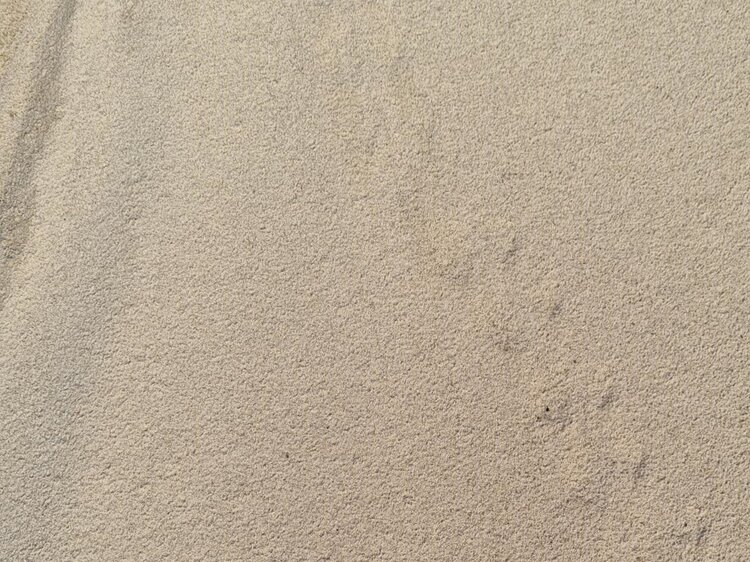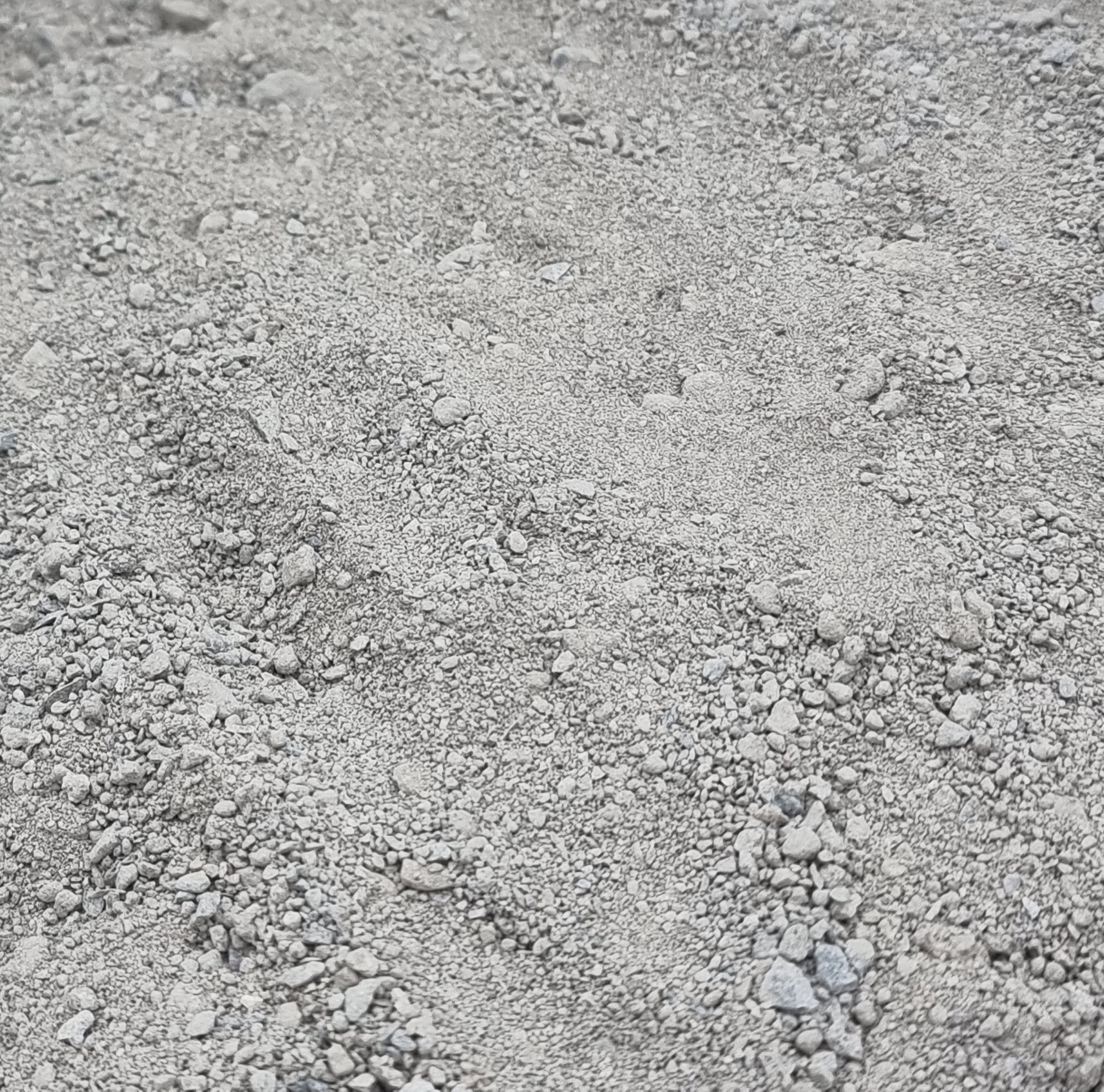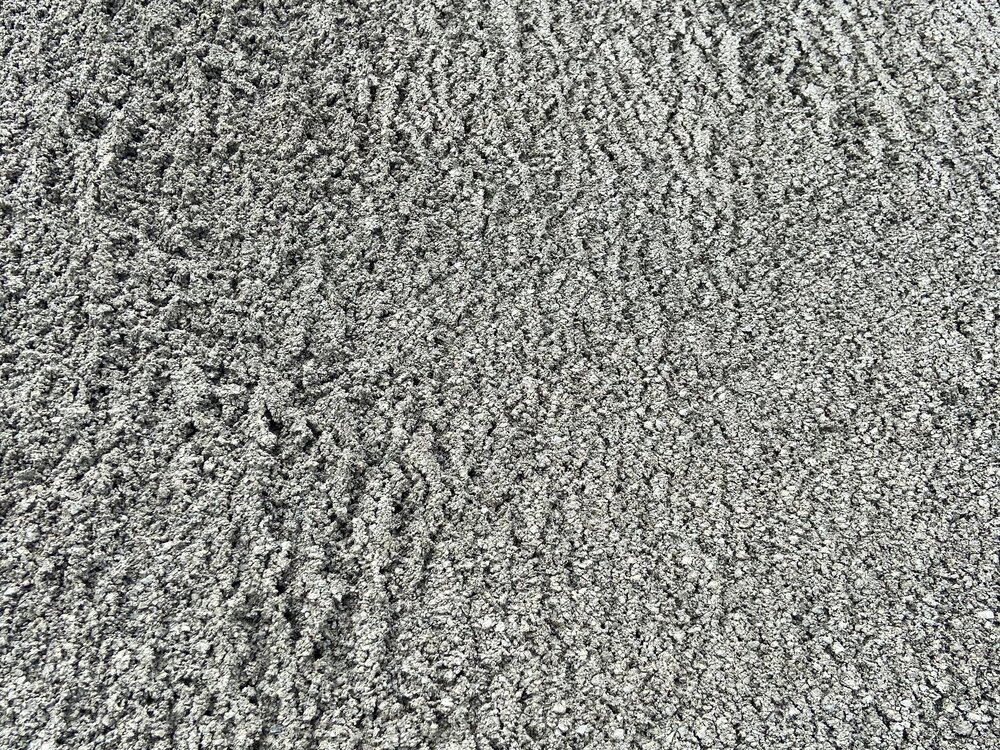The Importance of Sand in Horse Arenas: Choosing the Right Surface for Performance and Safety

When it comes to building a high-quality horse arena, one of the most crucial decisions you’ll make is selecting the right footing material. Sand is the foundation of most arenas, and its quality directly impacts the performance, safety, and longevity of the surface. Whether for dressage, show jumping, or general riding, the right sand blend enhances traction, reduces dust, and provides a comfortable, injury-preventing surface for both horse and rider.
Why Sand Matters in Horse Arenas
1. Cushioning and Impact Absorption
Horses exert tremendous force on the ground with every step, especially in high-impact disciplines like show jumping and reining. A well-chosen sand base absorbs shock, reducing the strain on a horse’s joints and tendons. This helps prevent injuries and allows horses to move more comfortably and naturally.
2. Traction and Stability
The right sand composition provides enough grip to prevent slipping while allowing for controlled movement. Loose, unstable sand can lead to tendon injuries, while sand that’s too hard may cause concussions in the hooves. A properly maintained surface helps horses confidently execute movements, whether turning, stopping, or accelerating.
3. Dust Control
Dust is a common issue in arenas with poor-quality sand. Excessive dust not only reduces visibility but can also cause respiratory problems for horses and riders. Washed sands with the right particle distribution help minimize dust and create a healthier environment. Some arenas incorporate sand blends with moisture-retaining properties or use additives to further control dust.
4. Drainage and Maintenance
Good arena sand should have the right drainage properties to prevent pooling after rain and maintain consistency throughout the year. A balance between fine and coarse particles ensures water drains effectively while still holding enough moisture to prevent excessive dryness. Regular grooming and watering further help maintain optimal conditions.
Types of Sand for Horse Arenas
Choosing the right sand depends on factors such as climate, riding discipline, and maintenance capabilities. Some common types include:
- Washed Sand: Free of impurities and clay, reducing dust and improving drainage.
- Silica Sand: A high-quality option with excellent stability and moisture retention.
- Crushed Rock Sand: Offers a firmer surface, often blended with other materials for improved performance.
- Blended Sands: Some arenas mix sand with fiber, rubber, or wax additives to enhance durability and performance.
Maintaining Your Arena Sand
Even the best sand requires proper upkeep to stay in top condition. Regular dragging helps redistribute sand and prevent compaction, while watering controls dust and maintains footing consistency. Periodic top-ups may be necessary as sand naturally wears down over time.
Final Thoughts
Investing in high-quality sand for your horse arena ensures a safer, more comfortable, and longer-lasting riding surface. By understanding the key characteristics of good arena sand and maintaining it properly, you’ll create an environment where horses can perform at their best while minimizing injury risks. Whether you’re building a new arena or upgrading an existing one, choosing the right sand is a decision that pays off in the long run.




